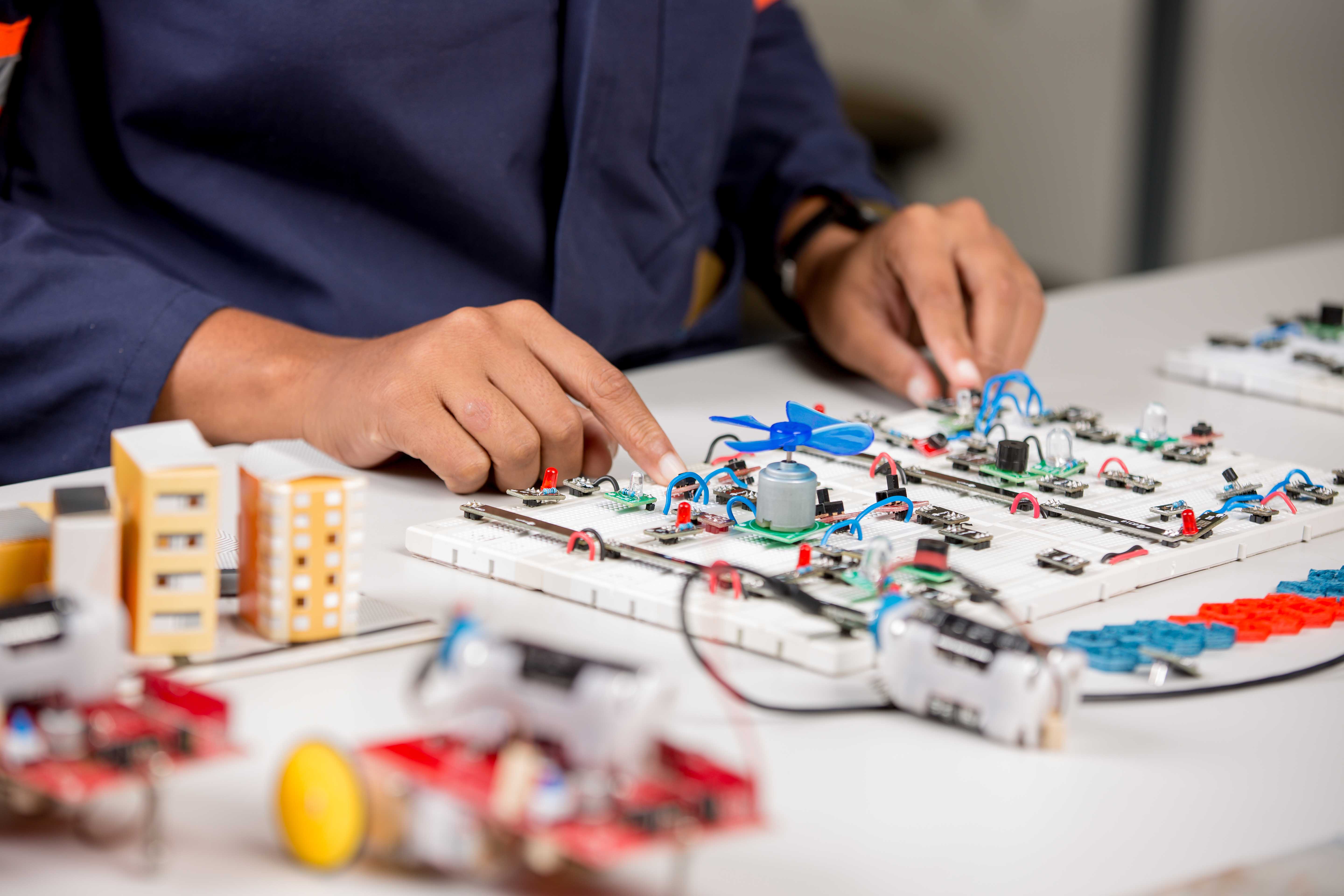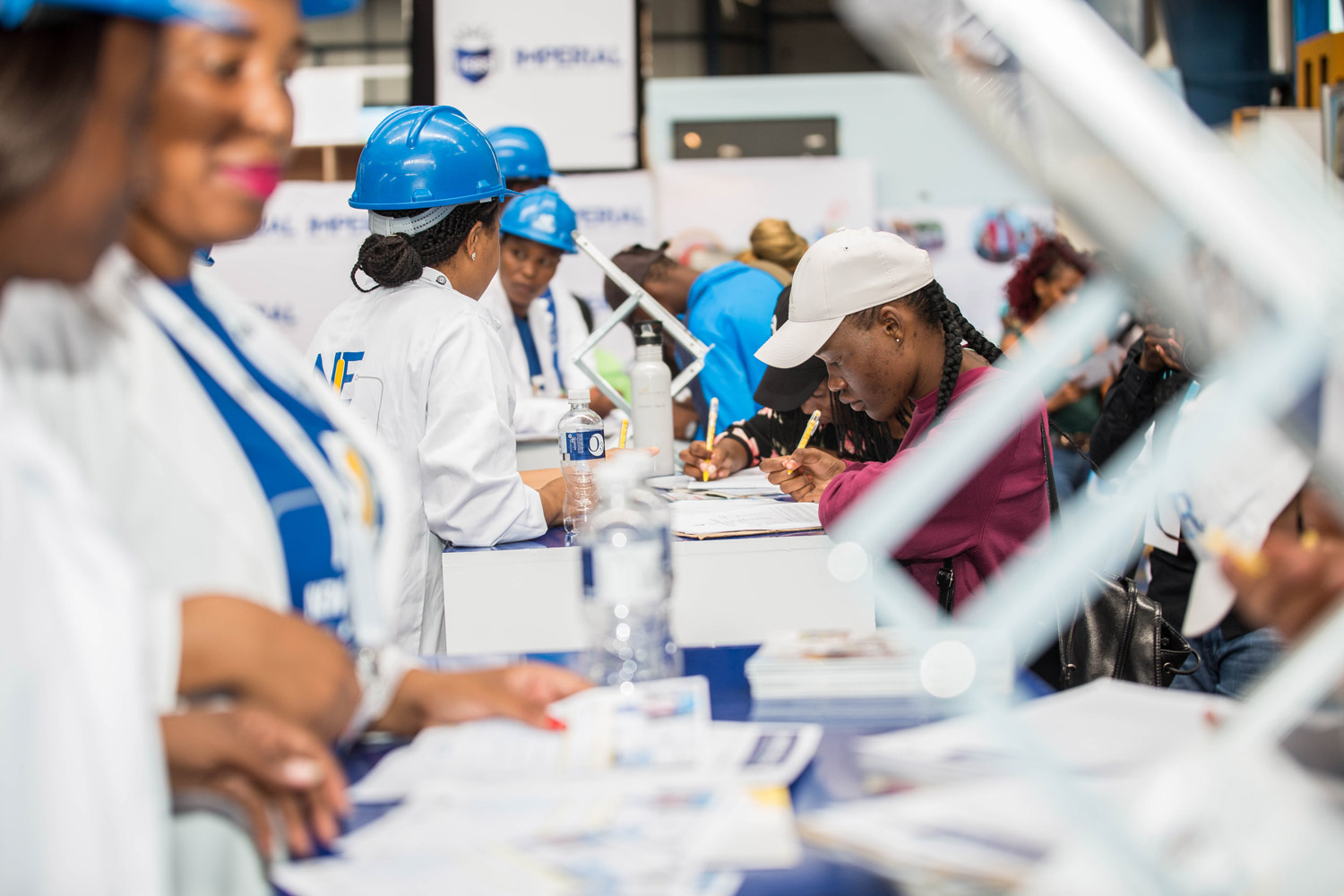Knowledge is Power
What is Tinkering?
Tinkering is the first step towards elevating learners from Tinkerer to Innovator, through ideation, design thinking and prototyping.
Tinkering is about hands-on experiences, learning from failures, and unstructured time to explore and invent. The process of exploration and experimentation harnesses the potential for invention and innovation.
Tinkerer – “one who experiments with materials and ideas to fully understand their capacities, and who further iterates on their learning to find better solutions to current problems.”
Ideation is the first step towards Tinkering – this is the step where you should start thinking about a new idea, concept, or solution to an existing or new problem.
Ideation – “Identify a problem statement and look for probable solutions.”
Design Thinking is a method for practical, creative resolution of problems, and generating of solutions. Design Thinking is about solution-focused thinking wherein there may be multiple correct solutions to a problem.
Ideation is central to Design Thinking which leads to prototyping and testing.



The Benefits of Having a Tinkering Lab
Classroom learning has become repetitive and regressive. Educators need a relevant and captivating approach to satisfy students’ hunger for learning while remaining relevant, progressive, rewarding and exciting.
The STEM Tinkering Lab model leverages the use of technology and practical learning to prepare students for the fields of science and engineering. Educators can kindle the spirit of innovation by enabling practical experiences for students and promoting self-learning and interest in STEM.
The DIFFERENCE between SCIENCE LABS and STEM TINKERING LABS.
SCIENCE LABS |
STEM TINKERING LABS |
| Science Labs are designed for guided experimenting. | Innovation Lab set up using EdgeFX STEM Kits is for open-ended experimenting, with emphasis on troubleshooting and fault-finding, enhancing problem-solving acuteness and promoting a DIY approach to learning. |
| Science Labs may have expensive or fragile equipment. | STEM Tinkering Labs have equipment appropriate to the age of the intended learner so that they can tinker without the fear of damaging equipment. STEM Kit components are reusable and made to last. |
| Science Labs have a static design. | STEM Tinkering Labs evolve with the needs of the School or Institution. The use and application of the STEM kits hold great potential for advanced learning in STEM. |
| Science Labs activities correspond to topics in textbooks. | STEM Tinkering Labs are intended towards real-world applications, improving innovation and creativity in learners.
The STEM Kits cater for a wide range of learners from diverse backgrounds, ages and levels. |
| Science Labs have a fixed curriculum. | STEM Tinkering Labs have a progressive and directional curriculum that is not restrictive and provides students with the scope to create and innovate. |
Knowledge is Power
Tinkering Lab Requirements
- The STEM Tinkering Lab should have a minimum of one teacher-supervisor per lab session. The Train-the-Trainer programme is provided to school teachers annually by New Era College STEM engineers. Additional on-site support hours may be purchased if deemed necessary.
- A spacious classroom should be provided to house the STEM Tinkering Lab, accommodating up to 30 learners per session.
- A minimum of 2 desktops is needed per Tinker lab – can be supplied upon request at a cost.

